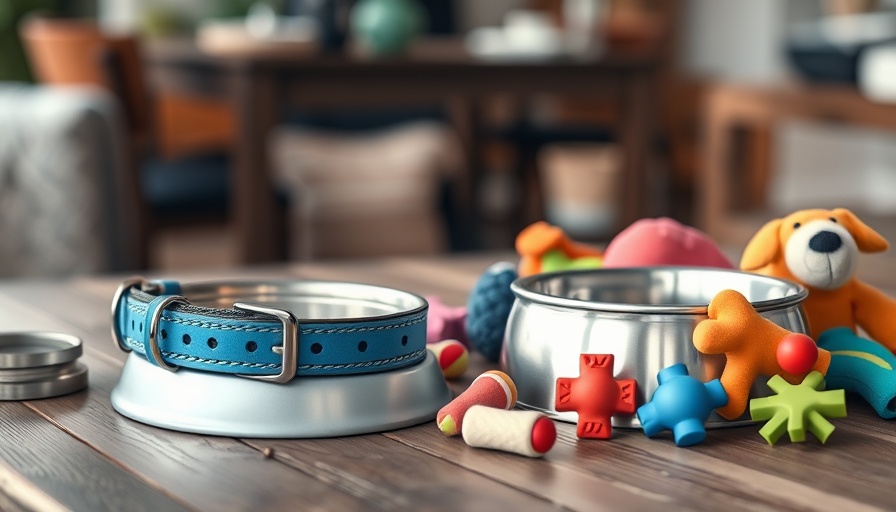
Deciding to Add to Your Furry Family
Considering a second dog? This exciting, yet often challenging, decision deserves thoughtful preparation. Adding a new member to your family extends beyond the joy of having another furry companion; it also requires attention to various factors, including your current dog's behavior and needs.
Are You Really Ready for a Second Dog?
Evaluating whether your home is ready for another dog starts by assessing your current dog's happiness. Does your dog thrive during playdates or prefer solitary relaxation? Understanding your dog’s temperament is crucial, as introducing a second dog can sometimes lead to behavioral issues where compatibility is minimal. Research shows that a second assistance dog has a notably high return rate due to behavioral mismatches; thus, ensuring your dog is adaptable is paramount.
Space Matters: Setting the Right Environment
Your living arrangements play a significant role in preparing for a second dog. The American Kennel Club suggests a minimum of 100 square feet per medium-sized dog. In tighter quarters like apartments, a new addition might create stress and friction among pets. Think carefully about your space; how might a second dog impact your current environment?
Financial Costs: Double the Dogs, Double the Savings
Taking on a new dog isn’t just a lifestyle change, it’s also a financial commitment. Minimal costs include food, grooming, and vet care, which can average around $2,500 annually for one dog. Remember that this amount roughly doubles when you add a companion. Be aware of possible increases in pet deposits or housing costs as well. Financial readiness is an important step in making this decision.
Time and Energy: Are You Ready for More?
Caring for two dogs often requires significantly more time and energy. According to Rover.com, dog owners typically invest over five hours daily in pet care. With two dogs, the dynamics shift—you’ll need to carve out time for individual walks, play, and training for each dog. Reflect on your daily schedule: can you realistically accommodate the needs of two companions without sacrificing quality time?
Matchmaking: Health and Compatibility
Your current dog’s health cannot be overlooked. Older pets or those with medical conditions might strive for stability, which an energetic puppy could disrupt. Consultation with your veterinarian is an essential step to determine if a new dog is the right fit. Compatibility between dogs is just as crucial; a diligent match in energy levels and temperament can make all the difference in ensuring peace in your home.
Creating a Welcoming Space
Home preparation is not limited to acquiring supplies like food bowls and toys. Establish a calming environment for your new pup as you transition. Having separate areas where they can retreat when feeling overwhelmed can reduce possible conflict. It’s not just about providing resources—it’s about fostering a serene atmosphere that welcomes all.
In Conclusion: Embrace the Challenge
Adding a second dog to your family can yield countless moments of joy and companionship. An intentional approach, weighing the financial, emotional, and logistical considerations will guide you in making a well-thought-out decision. Each step taken to prepare brings you closer to a fulfilling life with your expanded furry family.
As you plan this exciting journey, don’t hesitate to seek advice from fellow dog owners and trainers. The more informed you are, the smoother the transition will be. Embrace the challenges that come with having multiple dogs as opportunities for growth and connection!
 Add Row
Add Row  Add
Add 




Write A Comment